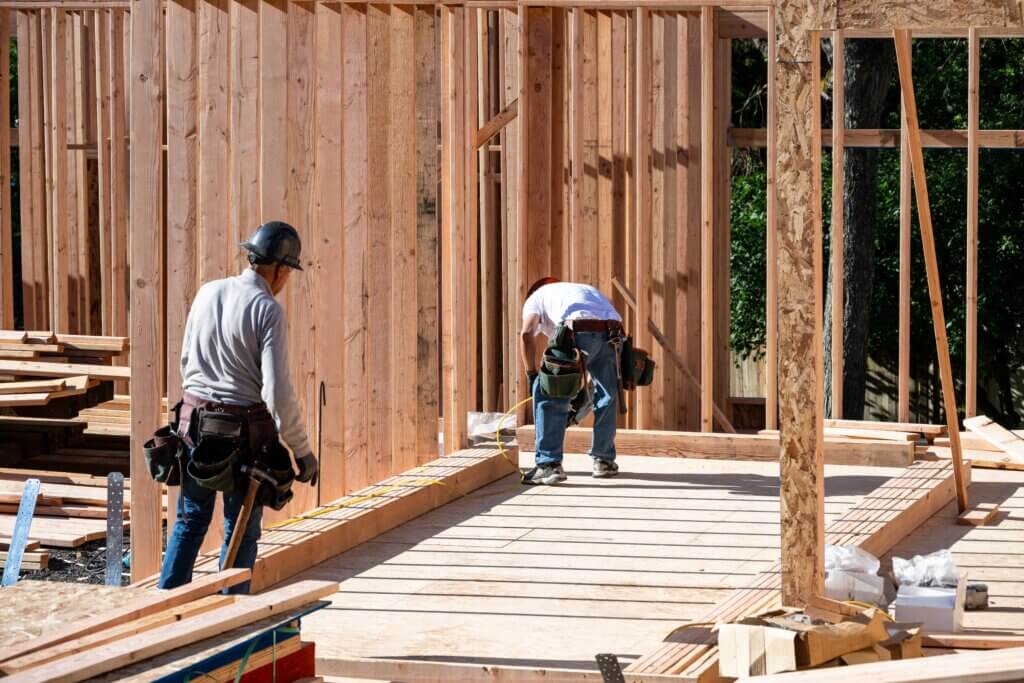(UnidosUS) —
The author wants to thank Eric Rodriguez and Cristobal Ramón for developing this piece’s themes.
By Viktor Olah
Although the immigration debate has focused on the impact of border arrivals on public resources in cities like New York City, it has largely ignored mid-sized cities facing mass abandonment of housing, wide-scale labor shortages and rising poverty. Case studies from Austin, Minnesota and Utica, New York, demonstrate migrants are valuable contributors to their revitalization, pointing to the need to coordinate the accommodation and integration of newcomers to help revive struggling this category of cities.
Keep up with the latest from UnidosUS
Sign up for the weekly UnidosUS Action Network newsletter delivered every Thursday.
Utica, NY: A Case Where Immigrants Renovated Neighborhoods and Filled Labor Shortages
Integrating refugees helped address Utica, New York’s population and house-abandonment crisis. Once the home of a large textile industry, Utica faced a population decline as businesses and factories closed during the 1970s, increasing unemployment and disinvestment. The city population dropped from 100,000 in 1960 to 60,000 in 2000.
In recent decades, the town resettled more than 17,000 refugees from more than 40 countries. Their arrival transformed the manufacturing-dominated town into a small upstate city, with immigrants making up 22 percent of the population. These arrivals helped stabilize the population, helping it increase to 63,607 in 2023.
Local refugee resettlement agencies were crucial in welcoming and integrating immigrants. The Mohawk Vally Resource Center for Refugees offers employment assistance, legal aid and cultural immersion while connecting refugees with social welfare resources. The city’s program helps 350 to 430 refugees find employment annually, with more than 60 local employers participating. Many refugees also started their own businesses, providing services and more jobs for individuals in the area.
These migrants helped the city’s tax base. In addition to filling jobs, newcomers bought and renovated deteriorated houses in neglected neighborhoods, which increased their property value and contributing to the city’s tax base as homeowners. A study found that refugees in Utica present net costs in their early years but start contributing to the city’s tax base after 15 years, which eliminates their total fiscal costs in 23 years.
Austin, MN: A Case Where Migrants Created Jobs and Diversified a Declining Population
New arrivals have also helped Austin, Minnesota expand its population and revitalize its economy. After peaking at 28,000 in 1960, the town’s population declined to 21,900 by 1990 as factories went out of business. In the 1990s, more refugees and immigrants moved to the community to work in the struggling local meat processing industry, which initiated a period of demographic change.
The town’s government and resettlement agency also attracted newcomers and improved their reception through cultural and economic integration initiatives. The incoming foreign-born migration helped the town evade projected population decline, with the city’s population increasing to 26,160 in 2023, a 20 percent increase. Austin is growing more diverse as a result, with foreign-born individuals forming 16 percent of the population as its diversity index tripled since 2000.1
Today, the city focuses on promoting refugee entrepreneurship in the town. The Austin Area Minority Business Project reduces legal barriers for immigrants to start businesses by helping them learn local regulations and access business networks. The project has jumpstarted more than 85 small businesses since 2016, a trend that promotes migrants opening salons, markets, clothing stores and restaurants, which helped create jobs and generate tax revenue.
Policy Implications from These Case Studies
These case studies suggest that the integration of immigrants can contribute to revitalization of mid-sized cities. At the local level, initiatives to incentivize migrants to find jobs in these areas can help fill a city’s labor shortages and help redirect the flow of migrants from cities struggling to receive these arrivals. Local governments can also sponsor migrants for work permits to create additional incentives for new arrivals to fill their labor shortages while also offering non-economic integration services.
The federal government can support these efforts. In addition to expediting work permit applications for new arrivals and sponsoring more work permit clinics with legal service providers, it should establish a federally coordinated program with FEMA’s Shelter and Service grant program. Establishing coordination between resettlement agencies and the Federal government that helps immigrants find work in cities with labor shortages can help these efforts. Together, these responses can help new arrivals maximize their contributions to cities like Utica and Austin that have benefited from their economic contributions and population growth.
—
Read More News from UnidosUS
